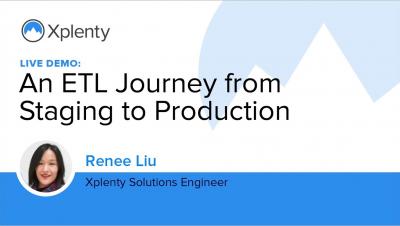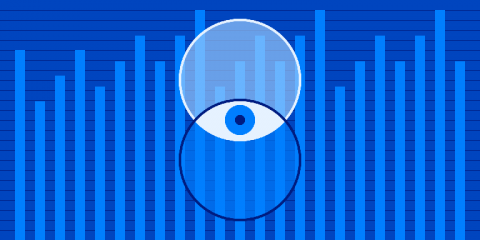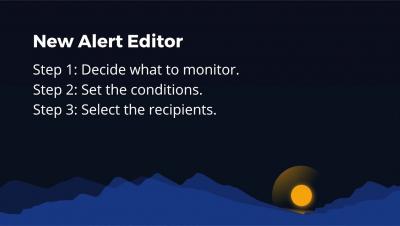Analytics
Xplenty LIVE Platform Demo: Using Workflows
New Multithreading Model for Apache Impala
Today we are introducing a new series of blog posts that will take a look at recent enhancements to Apache Impala. Many of these are performance improvements, such as the feature described below which will give anywhere from a 2x to 7x performance improvement by taking better advantage of all the CPU cores. In addition, a lot of work has also been put into ensuring that Impala runs optimally in decoupled compute scenarios, where the data lives in object storage or remote HDFS.
Getting Started with dbt Orchestrations
All you need to know about data architecture
Data architecture is a hot topic right now. And rightfully so. Technological advances bring out a myriad of new solutions that go beyond the traditional relational databases and data warehouses. They enable companies to accelerate their entire data pipeline (or at least remove painful bottlenecks) and shorten the analytic cycles. The portfolio of data assets managed by companies is also growing.
Your Data Access and Transparency Journey
How can your organization ensure data access and transparency? Measure yourself against this model, courtesy of our partners at Slalom.
Is Elasticsearch the Ultimate Scalable Search Engine?
For enterprise applications and startups to scale, they need to manage large volumes of data in real-time. Customers must have the ability to search for any product or service from your database within seconds. When you manage a relational database, data is spread across multiple tables. So, customers may experience lag during search and data retrieval. However, this is different with Elasticsearch and other NoSQL databases.
Do You Trust the Health of Your Data?
Today, companies can measure every aspect of business health, except the health of their data which drives business decisions. Data is vital to inform critical decisions such as identifying new routes to market, systems to support business agility, and more resilient supply chains. As Harvard Business Review puts it, “Your organization’s data is the source of both the opportunity and the challenges to your innovation.
Tutorial: Anodot's updated alert editor
Audio Classification with PyTorch's Ecosystem Tools
Audio signals are all around us. As such, there is an increasing interest in audio classification for various scenarios, from fire alarm detection for hearing impaired people, through engine sound analysis for maintenance purposes, to baby monitoring. Though audio signals are temporal in nature, in many cases it is possible to leverage recent advancements in the field of image classification and use popular high performing convolutional neural networks for audio classification.










